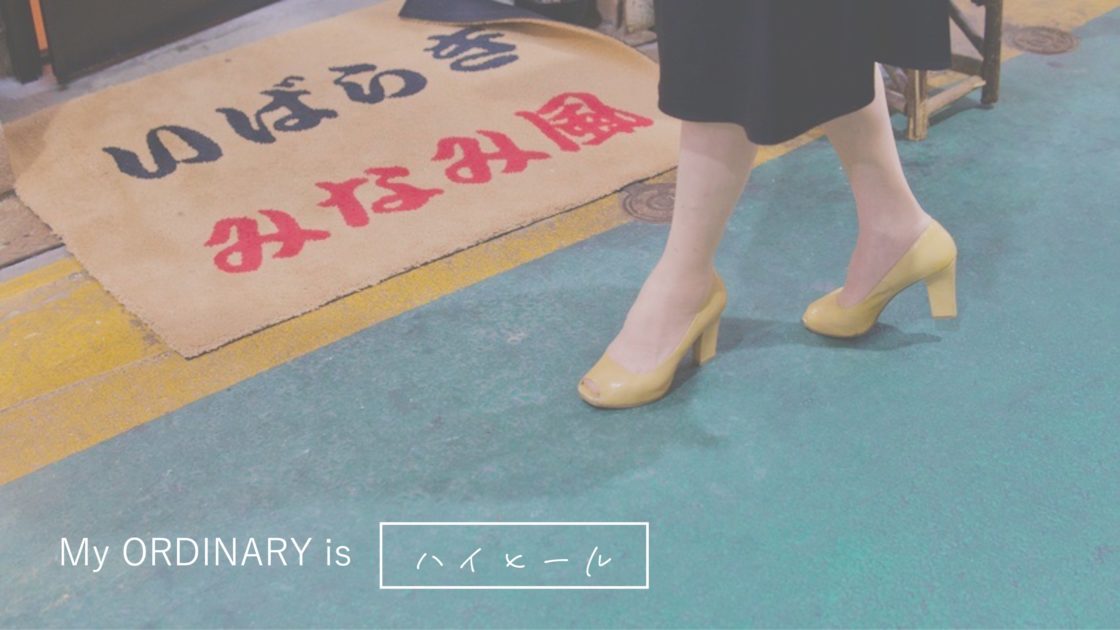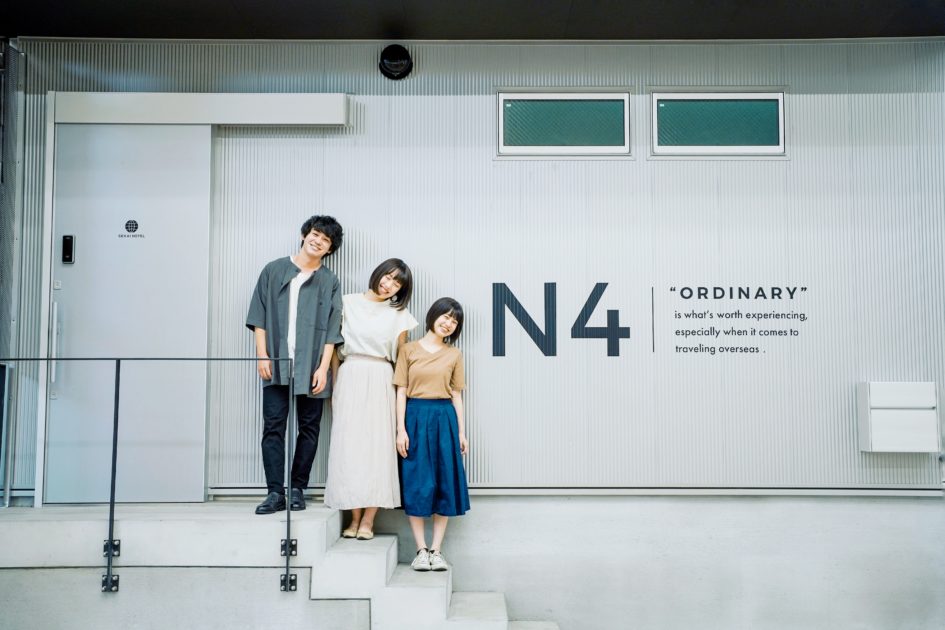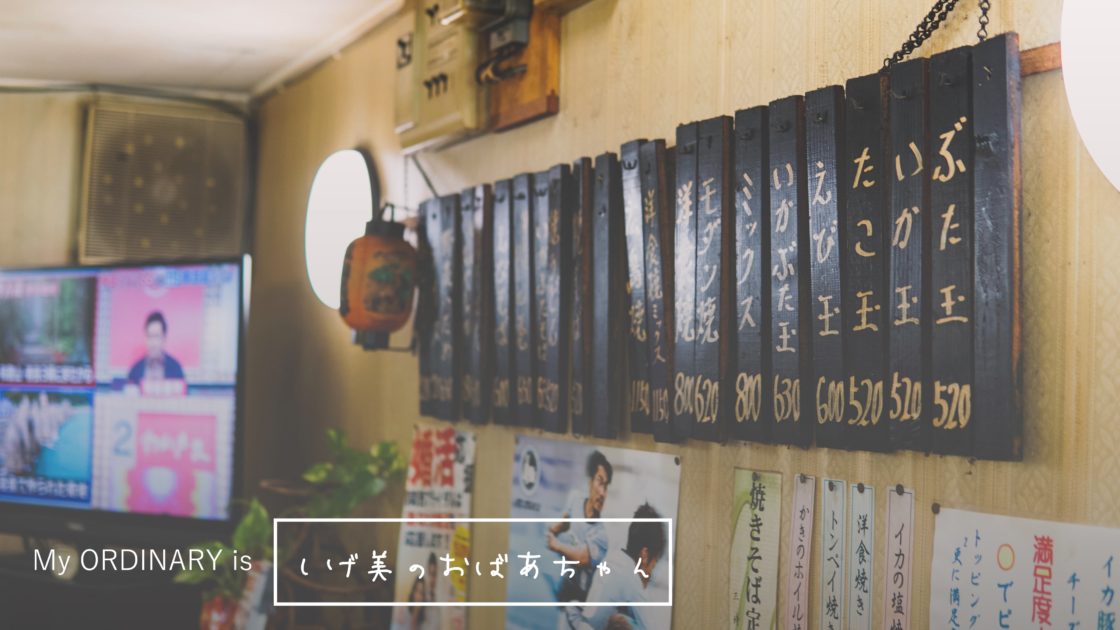BLOGブログ
New Year’s Festival in Fuse: Let’s go to Toka Ebisu!
There is a famous New Year’s festival that takes place in Fuse every year, bringing thousands of people to Fuse’s shopping street.
“Toka Ebisu” is a festival that is mainly held in the Kansai area every January. It has a fascinating history and great food, so if you’re interested in Japanese festivals (or “matsuri”), definitely keep reading.
What is “Toka Ebisu”?
First of all, let’s learn a little bit about this festival and its origin.
“Ebisu” (戎 ) is the God of Development and part of the Seven Gods of Good Fortune.
“Ebisu” is named in many different ways all over Japan, e.g. “Ebbessan”, “Ebbissan” or “Obessan”. In Fuse, Osaka people call him “Ebessan”. Ebisu has a really kind face and is said to be a very gentle god, which is why he was given such a friendly nickname.
The biggest statue of “Ebessan” that exists in Japan is actually situated right here in Fuse.
Every year, many people come to the festival to gently stroke this statue and therefore be blessed with good fortune.
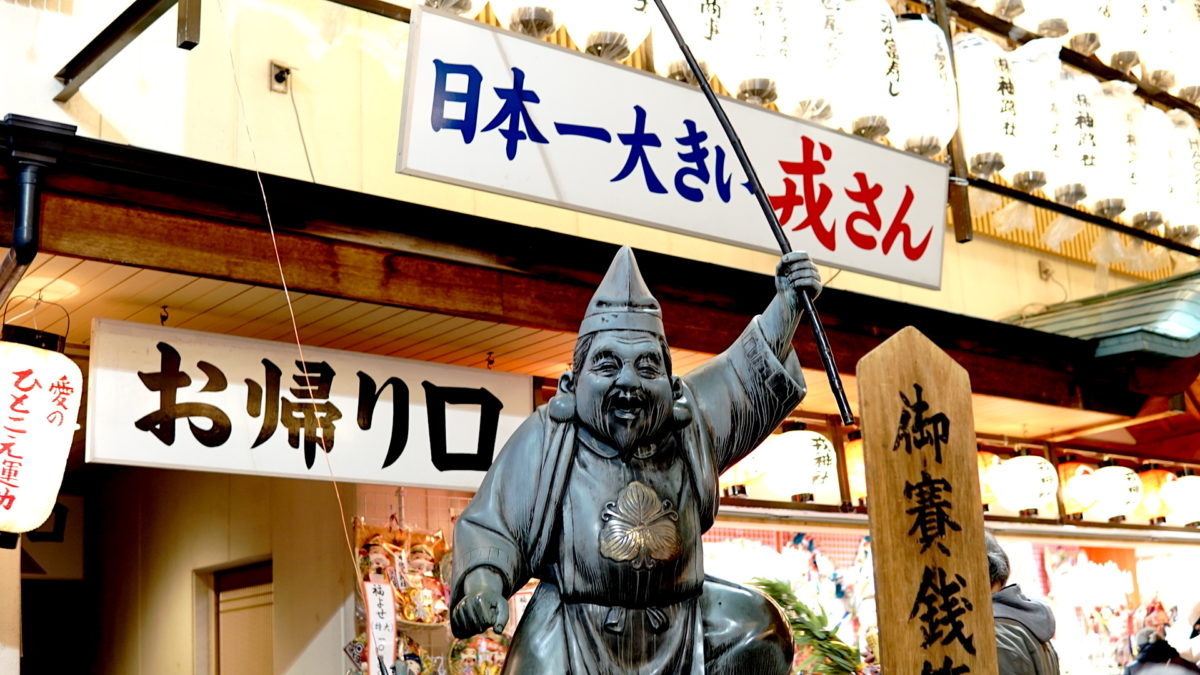
On the day of “Toka Ebisu” (1/10 ), every year people visit local shrines which enshrine “Ebisu”. There, they pray for a thriving business, the safety of their family and traffic safety. They hope to be blessed ´by Ebisu with good fortune.
The event in Fuse starts on the 9th and continues until the 11th January, in total 3 days. Each of these days has a specific name, which is “Yoi Ebisu”(宵えびす), “Hon Ebisu” (本えびす) and “Nokori Fuku” (残り福).
The Tradition of Toka Ebisu
Before joining the festival, it’s tradition to pray at the Ebisu shrine in Fuse. Conveniently, it takes just 2 minutes from the reception of SEKAI HOTEL Fuse to the shrine.
Make sure to come early though, because especially on the 10th (“Hon Ebisu”), there always is a long line of people waiting to enter the shrine.
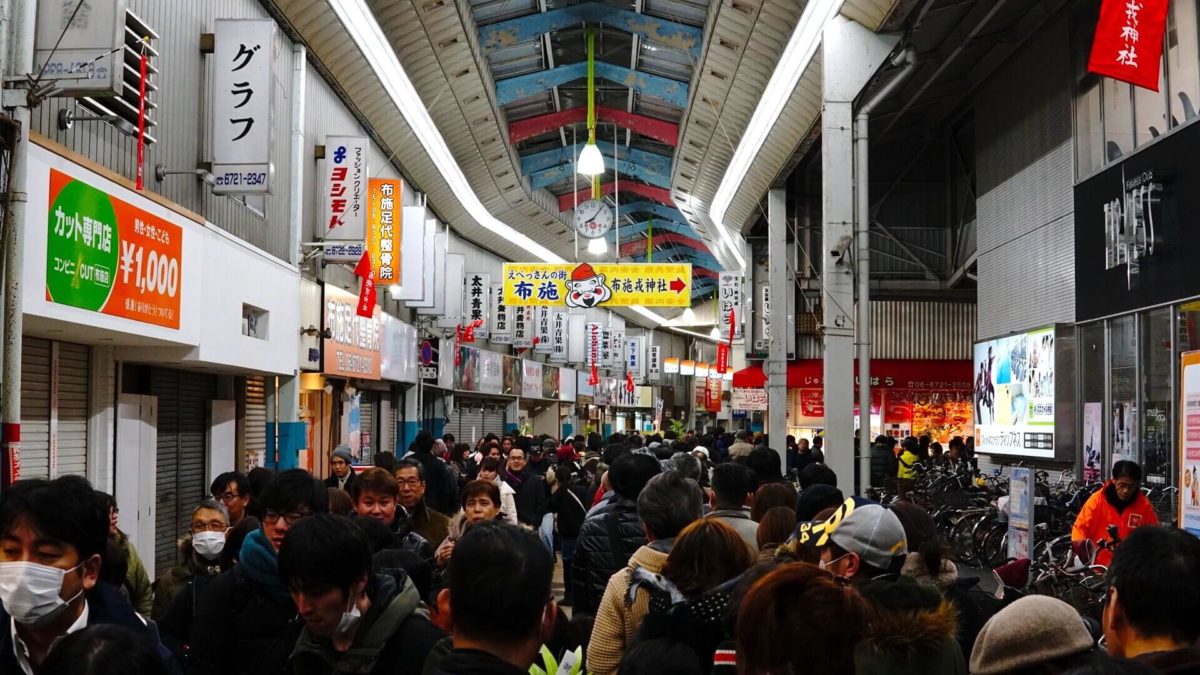
Visit on the 9th in the evening, if you want to avoid the crowds and immediately enter the shrine. But if you cannot make it on the 9th, the 11th is also not too crowded!
After you’re done praying, you should head to the shrine maidens, called ”Fukumusume” (福娘) in Japanese. You can buy your own “Fukuzasa” (福笹) from the pretty ”Fukumusume” and draw a fortune slip.
Fukuzasa are lucky charms in the form of a twig with decorations. It’s custom to receive these lucky charms. People bring them back to their homes after the festival to be blessed by “Ebisu”.
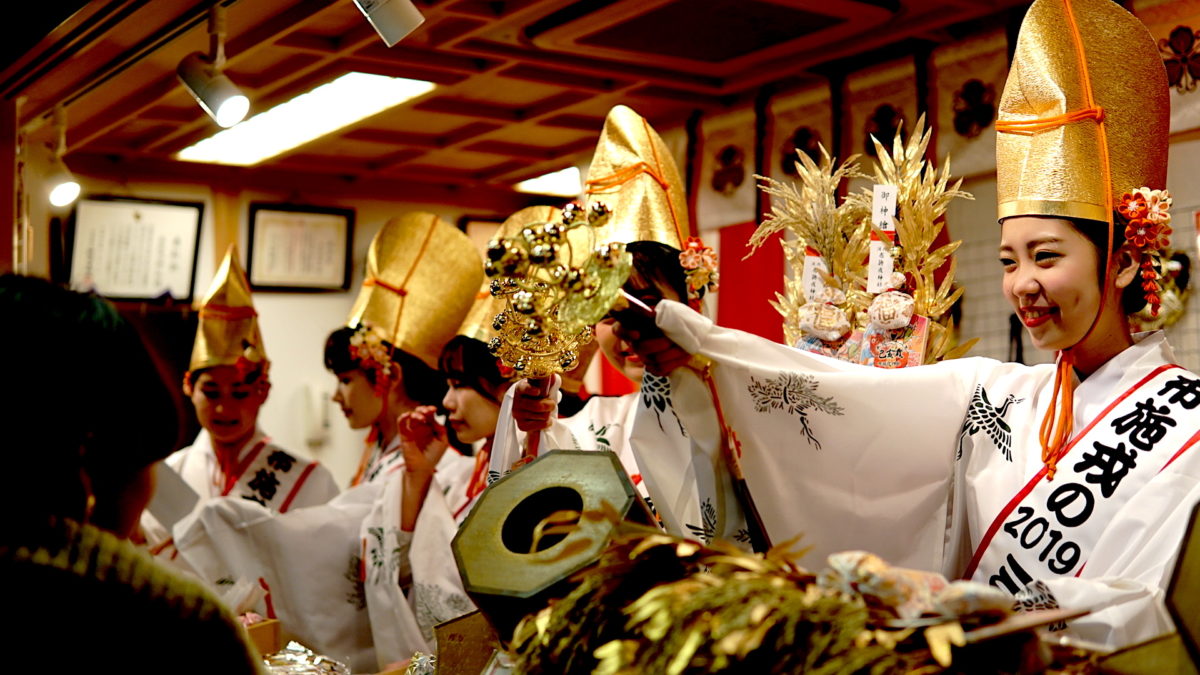
While the Fukuzasa will bless your home with Ebisu’s good fortune, the fortune slip (“omikuji) will tell you how lucky you’ll be this year. Don’t be down, however, even if you’re not super lucky! Just tie your fortune slip to a pine tree, or in this case the ropes pictured below, and the bad luck will no longer follow you. And even if you don’t believe in this tradition, it’s a fun and memorable experience to make when travelling Japan.
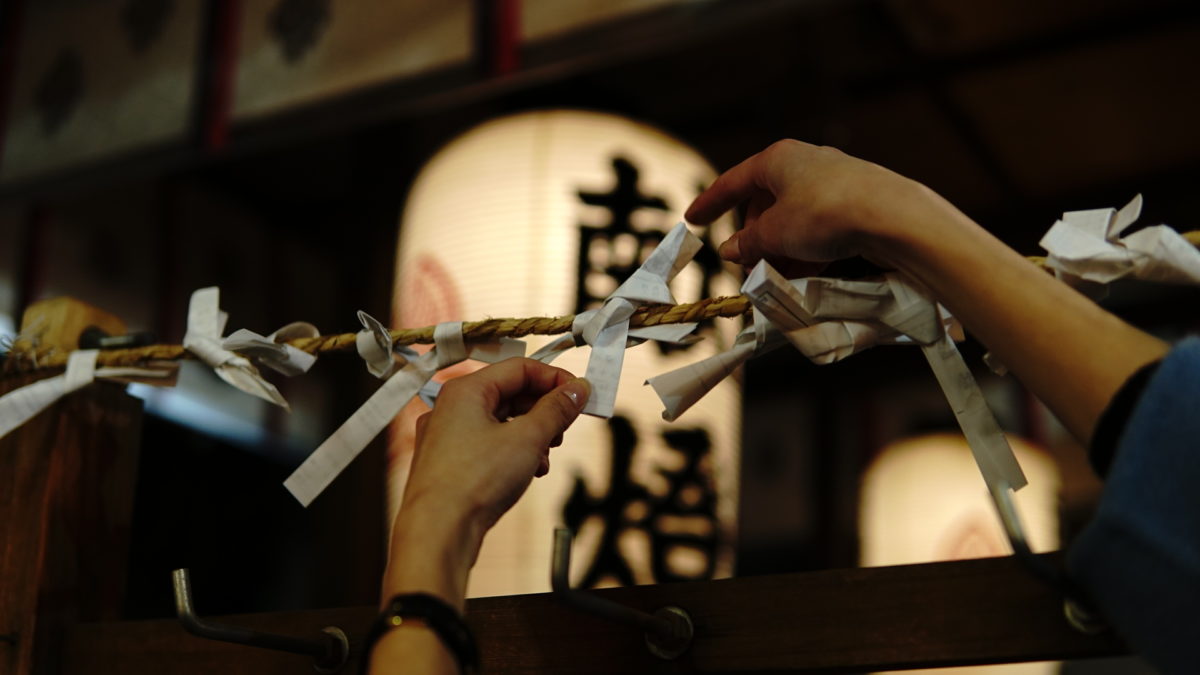
The Festival’s Charm: Food Stands
After you’re done praying, you should be heading to the festival’s food stands that can be found all over the shopping street.
There is such a big variety of food stands all the way from Fuse station to the Ebisu shrine, it’s actually hard to choose.
Fuse is an energetic city all the time, but during Tooka Ebisu, Fuse is basically vibrating with people!
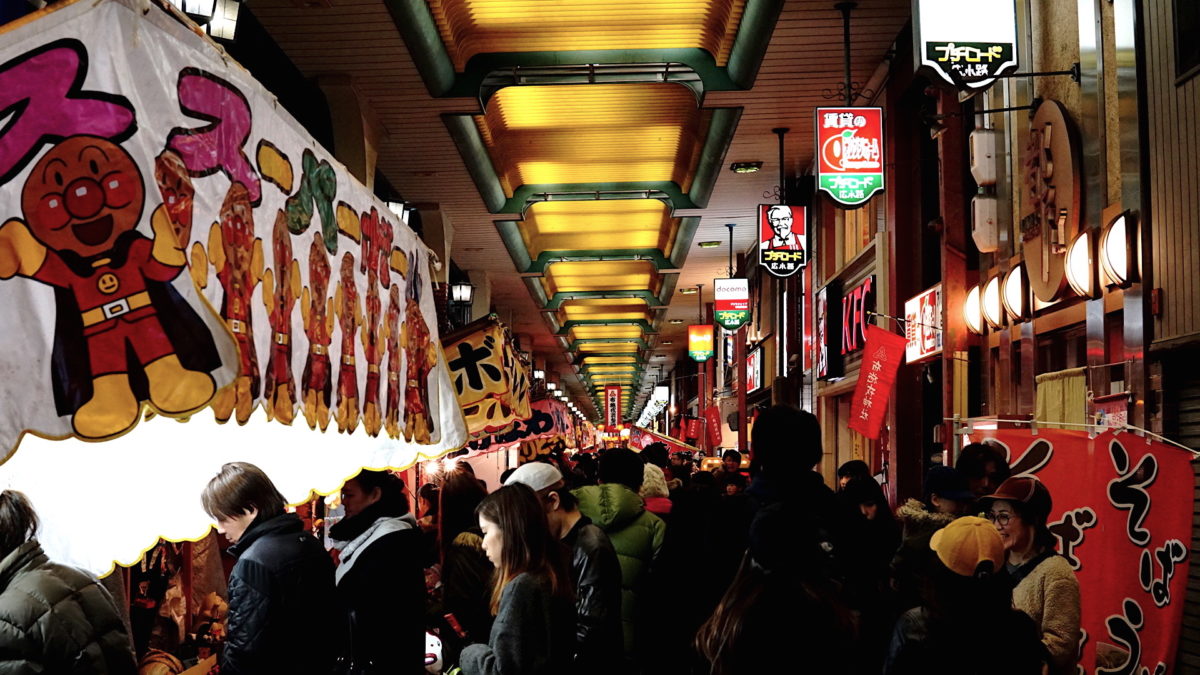
Everyone is waiting in front of the stalls to warm their bodies up. All the food is incredibly delicious-looking, but when you’re at a festival in Kansai, you should definitely eat the famous…
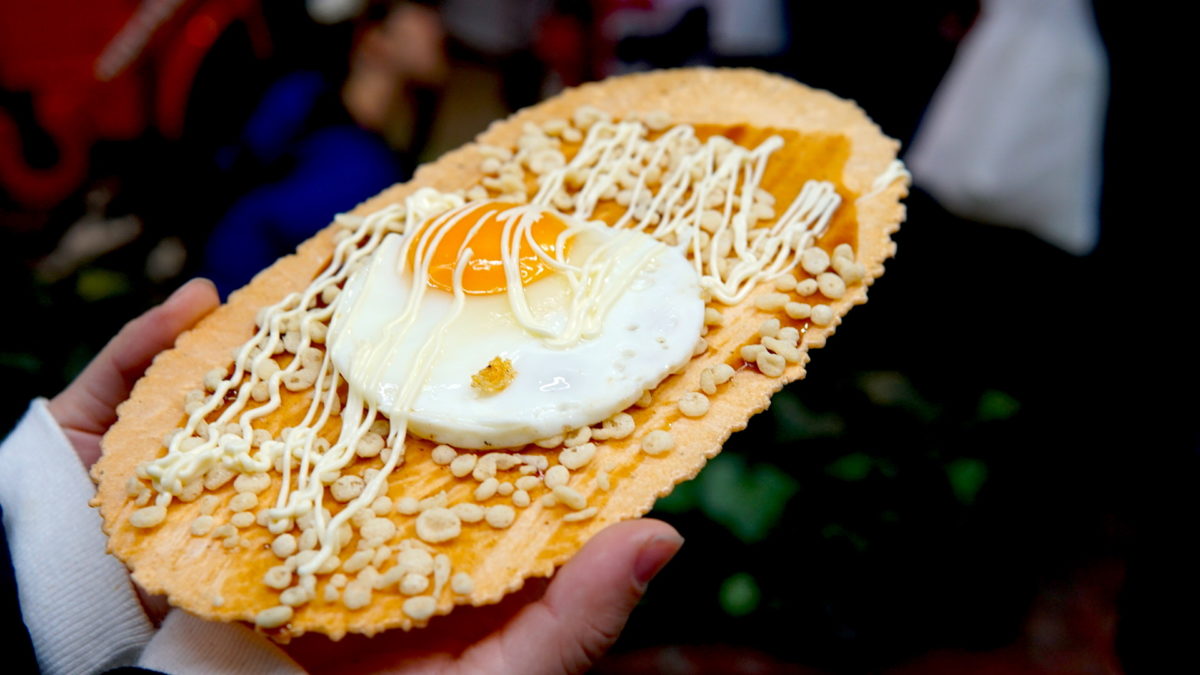
…“Tamasen”!
Tamasen is a rice cracker with some sauce and egg on it. Quite simple. But it’s a beloved festival food to people in the Kansai region and really popular. Make sure to try it, when you get the chance!
It’s quite cold in January, so eating hot dumplings and Gyoza is the best to feel warm. Try as many festival foods as possible when visiting Toka Ebisu!
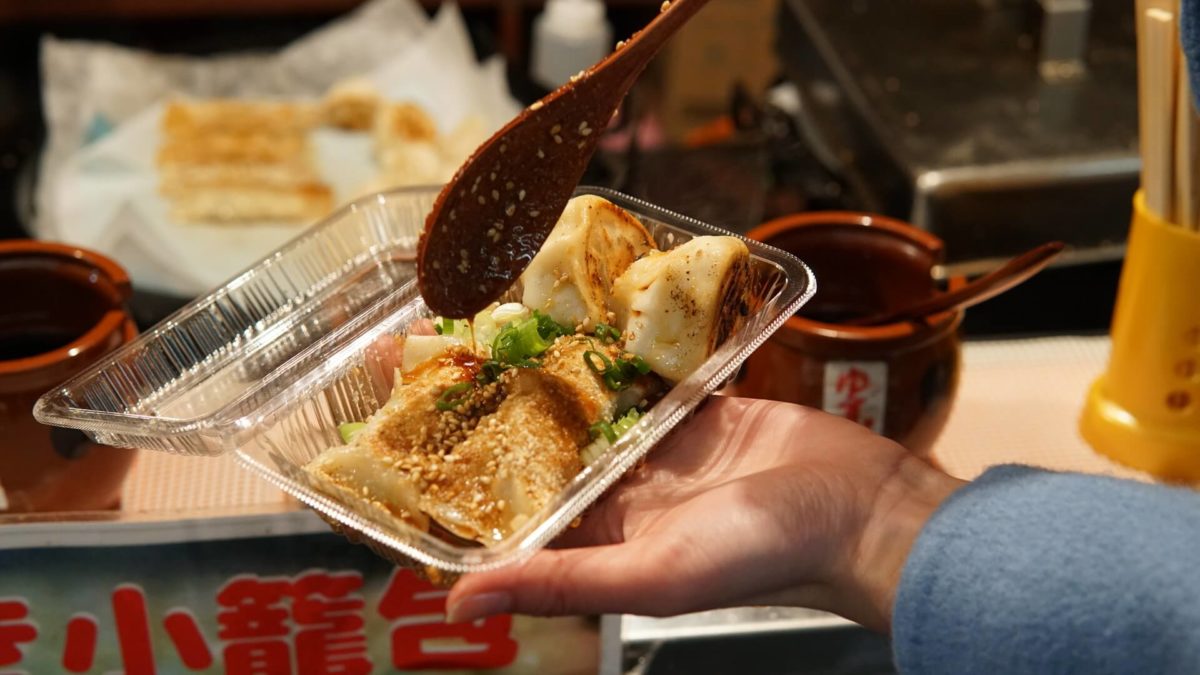
Traditional Dessert: ”Fukumochi”
On the day of “Hon Ebisu”, it’s tradition that steamed rice is pounded until it turns into “mochi”. These mochi are used as an offering to the shrine.
Pounding Mochi is a New Year’s custom, so you can really feel like a new year has started when you’re watching the steamed rice being pounded with a pestle.
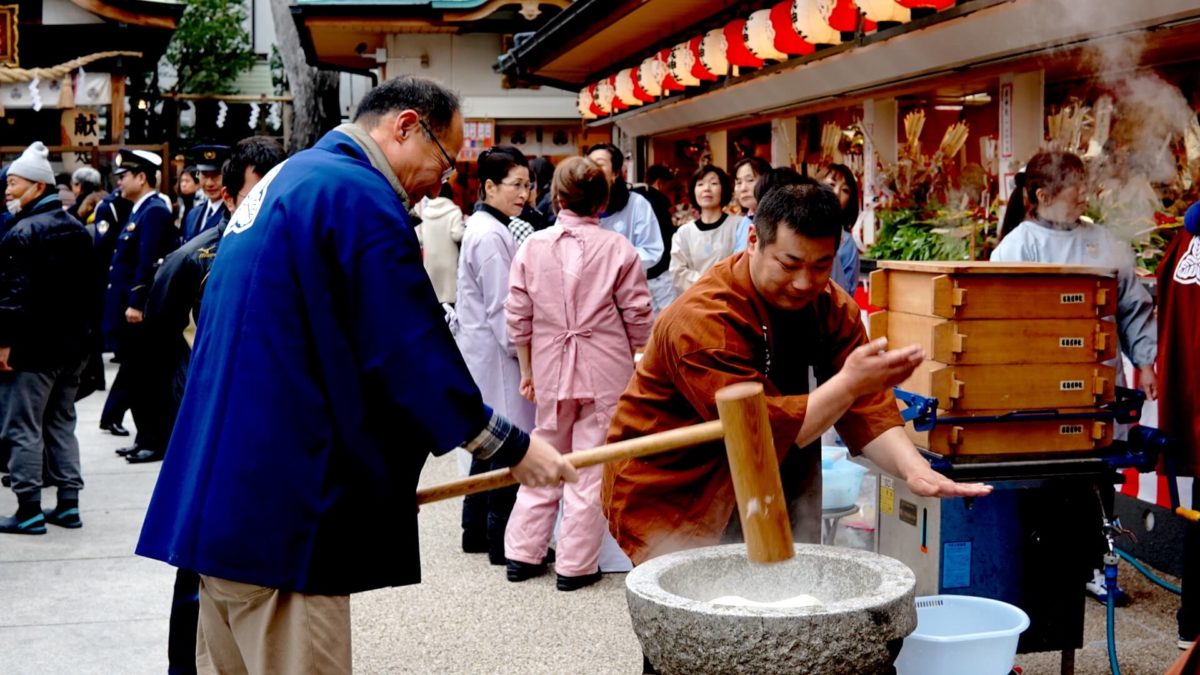
The finished ”Fukumochi” (福餅) are also offered to visitors by the shrine maidens from 1 pm. Make sure to be fast though, if you want to try the freshly-made mochi, because it’s first come, first serve.
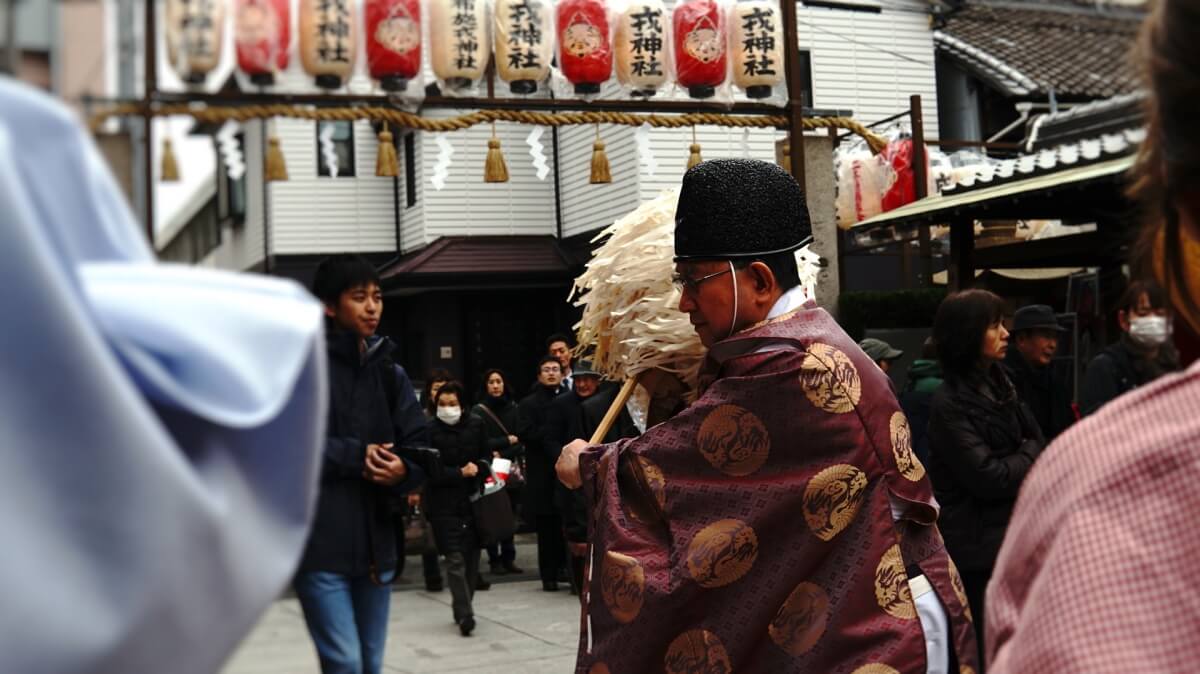
The 3 days of Toka Ebisu are a great experience for everyone who is interested in traditional Japanese festivals. It’s really fun to see Fuse vibrating with so many people and food stands.
Visiting Fuse during this time of the year will definitely turn into a special travel memory.
If you consider coming to Fuse during the new year, don’t miss this festival!
